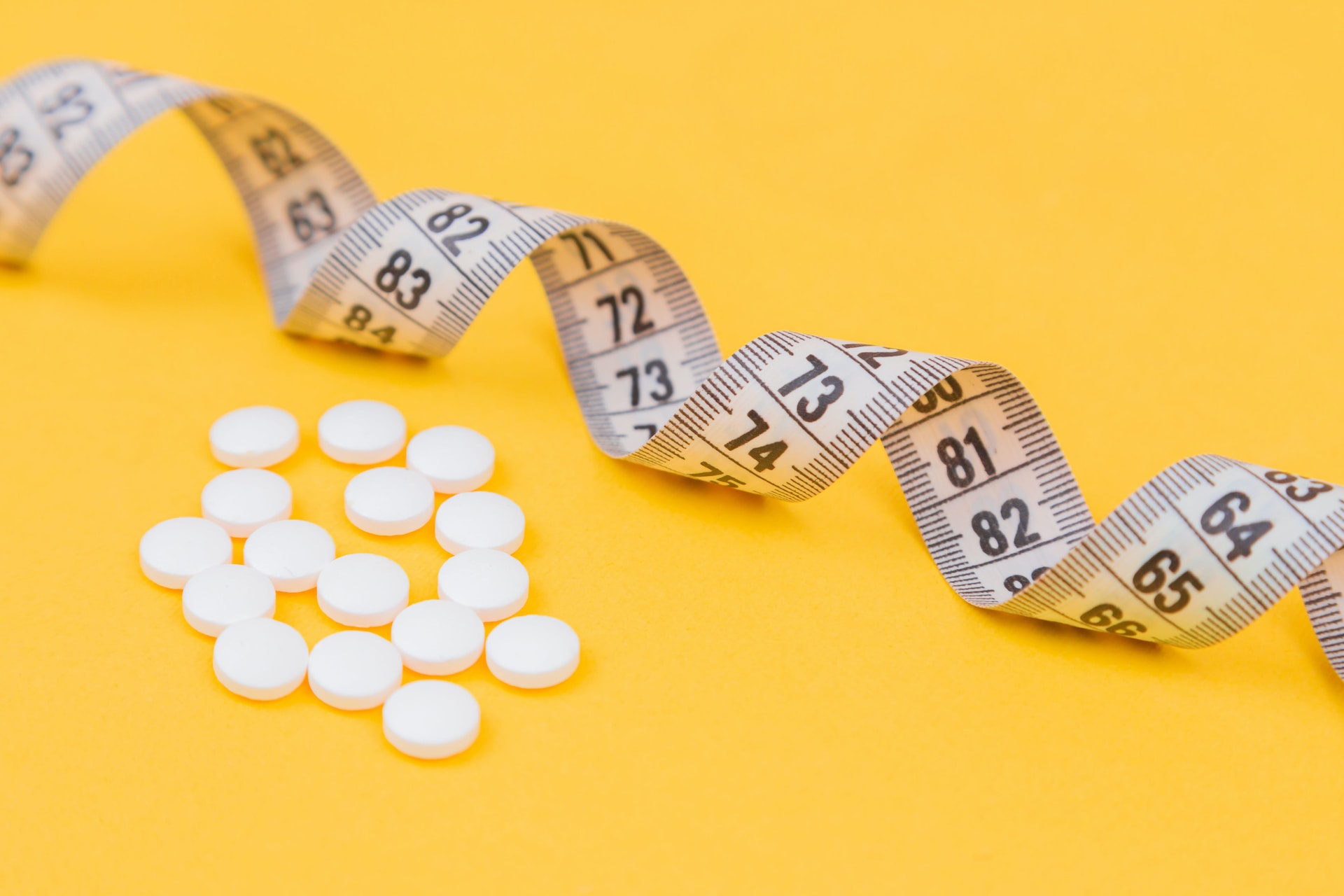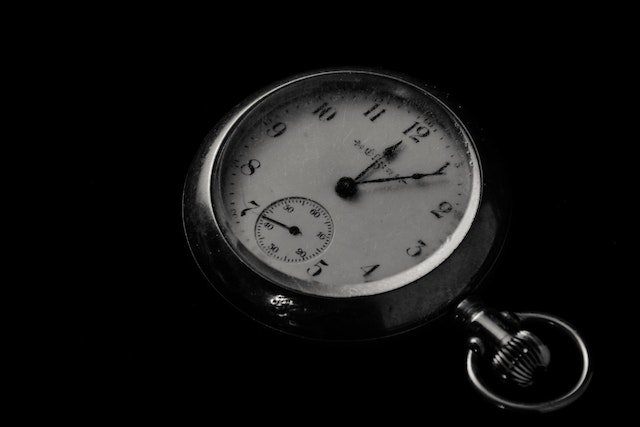Introduction: Daily Calorie Intake
Greetings, fellow food enthusiasts and seekers of a healthier lifestyle! I’m Chef Michel Leblanc, and I’ve spent decades in the culinary world, mastering the art of flavor while also understanding the importance of a balanced diet. Today, I’m thrilled to guide you on a journey to unveil the mysteries of calorie intake and help you find your ideal daily calorie balance. With my expertise in crafting delectable dishes and maintaining a vibrant lifestyle, I’m here to reveal the secrets to a healthier you.
Understanding the Basics
Let’s embark on this culinary adventure by laying a solid foundation. Understanding calories is the first step towards achieving a balanced and healthier lifestyle. Calories are the units of energy our bodies need to function optimally. But how do we determine the right amount for our unique needs?
The Science Behind Calories
To truly grasp the concept of calories, we must delve into the science of nutrition. Calories are derived from three main macronutrients: carbohydrates, proteins, and fats. Each of these nutrients plays a distinct role in our diets, providing energy and serving as building blocks for our bodies. Let’s break them down:
| Macronutrient | Calories per Gram |
|---|---|
| Carbohydrates | 4 |
| Proteins | 4 |
| Fats | 9 |
Now that we understand the calorie content of each macronutrient, we can start to build a foundation for our ideal daily intake.

Finding Your Ideal Calorie Intake
Step 1: Calculate Your Basal Metabolic Rate (BMR)
Your Basal Metabolic Rate (BMR) is the number of calories your body needs at rest to maintain basic functions such as breathing and circulation. To calculate your BMR, you can use the Harris-Benedict Equation:
For Men: BMR = 88.362 + (13.397 × weight in kg) + (4.799 × height in cm) - (5.677 × age in years)
For Women: BMR = 447.593 + (9.247 × weight in kg) + (3.098 × height in cm) - (4.330 × age in years)
Step 2: Determine Your Activity Level
Your daily activities also contribute to your calorie needs. Use the following categories to estimate your daily activity level:
| Activity Level | Description | Calories per Day |
|---|---|---|
| Sedentary | Little or no exercise | BMR × 1.2 |
| Lightly active | Light exercise or sports 1-3 days a week | BMR × 1.375 |
| Moderately active | Moderate exercise or sports 3-5 days a week | BMR × 1.55 |
| Very active | Hard exercise or sports 6-7 days a week | BMR × 1.725 |
| Super active | Very hard exercise, physical job, or training twice a day | BMR × 1.9 |
Step 3: Calculate Your Daily Calorie Needs
Multiply your BMR by your activity level factor to find your daily calorie needs. This is the number of calories you should consume to maintain your current weight.
Step 4: Adjust for Your Goals
To lose weight, create a calorie deficit by consuming fewer calories than your daily needs. To gain weight, increase your calorie intake. Always consult with a healthcare professional or nutritionist when making significant changes to your diet.
The Importance of Balanced Nutrition
While calorie counting is essential, don’t forget the importance of balanced nutrition. Opt for whole, nutrient-dense foods that provide essential vitamins and minerals in addition to calories. Aim for variety in your diet to ensure you get all the nutrients your body needs.
Conclusion
In this culinary journey, we’ve unveiled the secrets to finding your ideal daily calorie intake. By understanding the science of calories, calculating your BMR, factoring in your activity level, and considering your goals, you’re now equipped to make informed choices for a healthier lifestyle. Remember, the path to a better you begins with knowledge and mindful eating. Bon appétit!
About Chef Michel Leblanc
Chef Michel Leblanc is an accomplished culinary expert with over 30 years of experience in creating delectable dishes. His passion for food is matched only by his dedication to a healthy lifestyle. Chef Leblanc’s expertise in the culinary arts and nutrition has made him a trusted authority on balancing flavor and well-being.
Disclaimer: This article is for informational purposes only and should not replace professional medical advice. Consult with a healthcare professional or nutritionist for personalized guidance on your calorie intake.
Comparative Table:
Here’s a quick comparison of different activity levels and their corresponding daily calorie needs based on BMR:
| Activity Level | Description | Daily Calorie Needs |
|---|---|---|
| Sedentary | Little or no exercise | BMR × 1.2 |
| Lightly active | Light exercise or sports 1-3 days a week | BMR × 1.375 |
| Moderately active | Moderate exercise or sports 3-5 days a week | BMR × 1.55 |
| Very active | Hard exercise or sports 6-7 days a week | BMR × 1.725 |
| Super active | Very hard exercise, physical job, or training twice a day | BMR × 1.9 |
Use this table to estimate your daily calorie needs based on your activity level. Remember to consult with a healthcare professional for personalized guidance.










